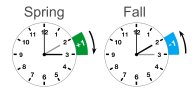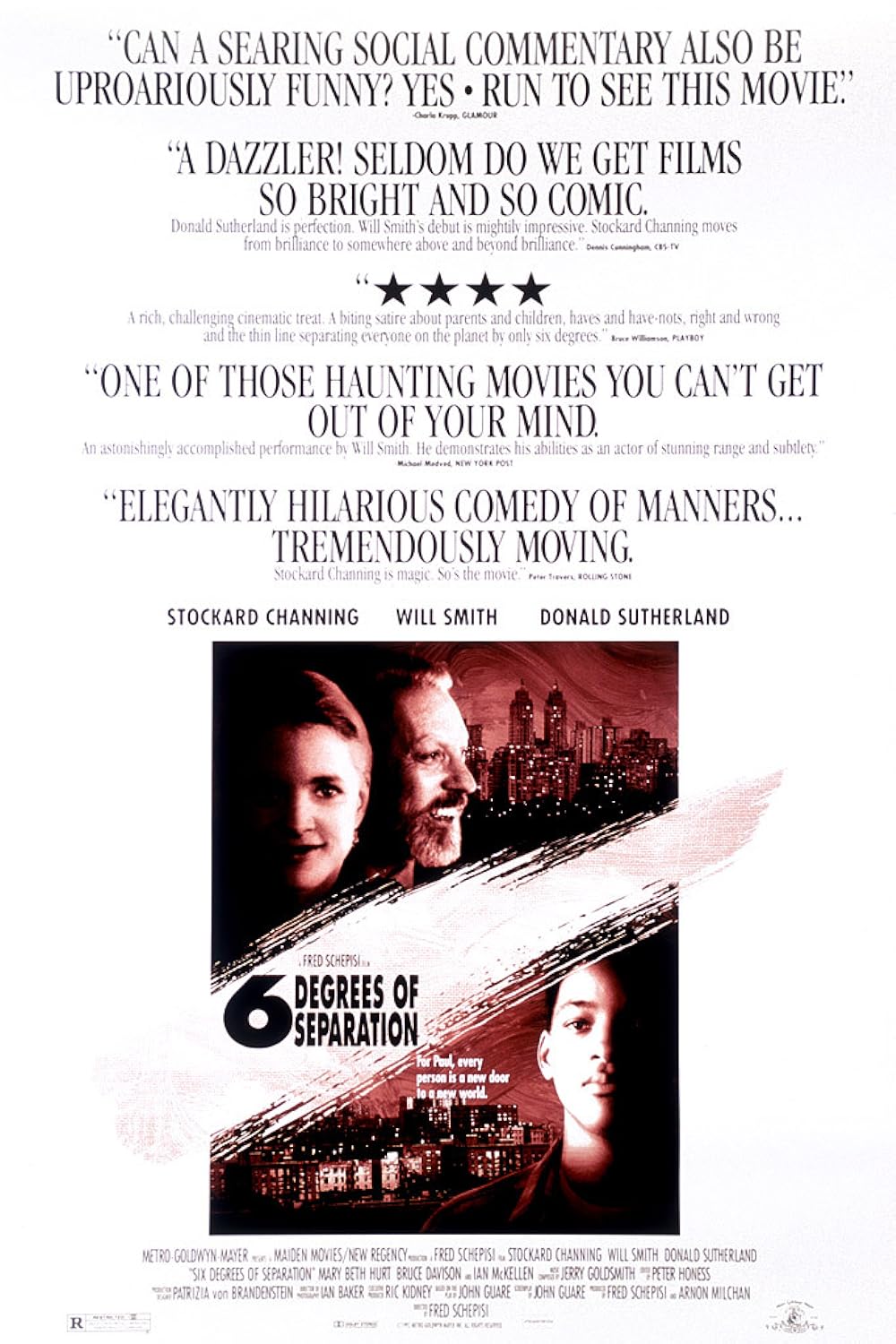army judge
Super Moderator
- Jurisdiction
- US Federal Law
Mar 10
Forward 1 hourMar 10, 2024 - Daylight Saving Time Starts
When local standard time is about to reachSunday, March 10, 2024, 2:00:00 am clocks are turned forward 1 hour to
Sunday, March 10, 2024, 3:00:00 am local daylight time instead.
Nov 3
Back 1 hourNov 3, 2024 - Daylight Saving Time Ends
When local daylight time is about to reachSunday, November 3, 2024, 2:00:00 am clocks are turned backward 1 hour to
Sunday, November 3, 2024, 1:00:00 am local standard time instead.
Sunrise and sunset will be about 1 hour earlier on Nov 3, 2024 than the day before. There will be more light in the morning.
Not to worry, citizens, whenever you move your timekeeping device forward, or roll it back an hour; sooner or later it'll begin reflecting the CORRECT time.
No need to interfere with your sleep, because you can awaken at 8:00 AM Sunday morning, move your clock forward an hour and you'll be synced up with the rest of your country people.
What are the current rules for daylight saving time?
The rules for DST changed in 2007 for the first time in more than 20 years. The new changes were enacted by the Energy Policy Act of 2005, which extended the length of DST in the interest of reducing energy consumption. The rules increased the duration of DST by about one month. DST is now in effect for 238 days, or about 65% of the year, although Congress retained the right to revert to the prior law should the change prove unpopular or if energy savings are not significant. At present, daylight saving time in the United States- begins at 2:00 a.m. on the second Sunday of March (at 2 a.m. the local time time skips ahead to 3 a.m. so there is one less hour in that day)
- ends at 2:00 a.m. on the first Sunday of November (at 2 a.m. the local time becomes 1 a.m. and that hour is repeated, so there is an extra hour in that day)
Daylight saving time, or DST, is the period of the year when clocks are moved one hour ahead. In the United States, this has the effect of creating more sunlit hours in the evening during months when the weather is the warmest. We advance our clocks ahead one hour at the beginning of DST, and move them back one hour ("spring forward, fall back") when we return to standard time (ST). The transition from ST to DST has the effect of moving one hour of daylight from the morning to the evening. The transition from DST to ST effectively moves one hour of daylight from the evening to the morning.
DST was formally introduced in the United States in 1918. Today, most of the country and its territories observe DST. However, DST is not observed in Hawaii, American Samoa, Guam, Puerto Rico, the Virgin Islands and the state of Arizona (with the exception of the Navajo Indian Reservation, which does observe DST).
Daylight saving time and time zones are regulated by the U. S. Department of Transportation, not by NIST. However, as an official timekeeper for the United States, NIST observes all rules regarding DST when it distributes time-of-day information to the public.


Last edited:

